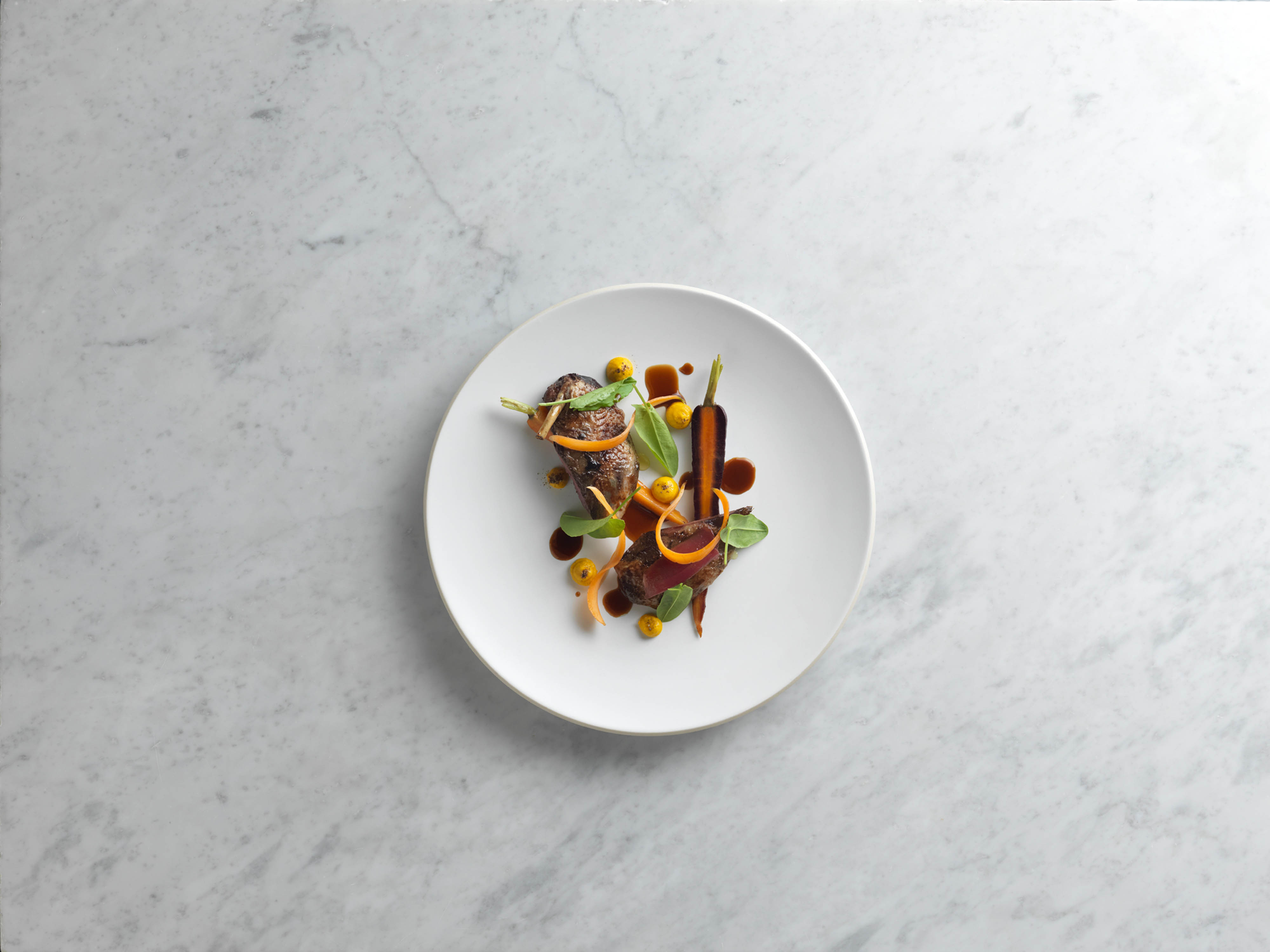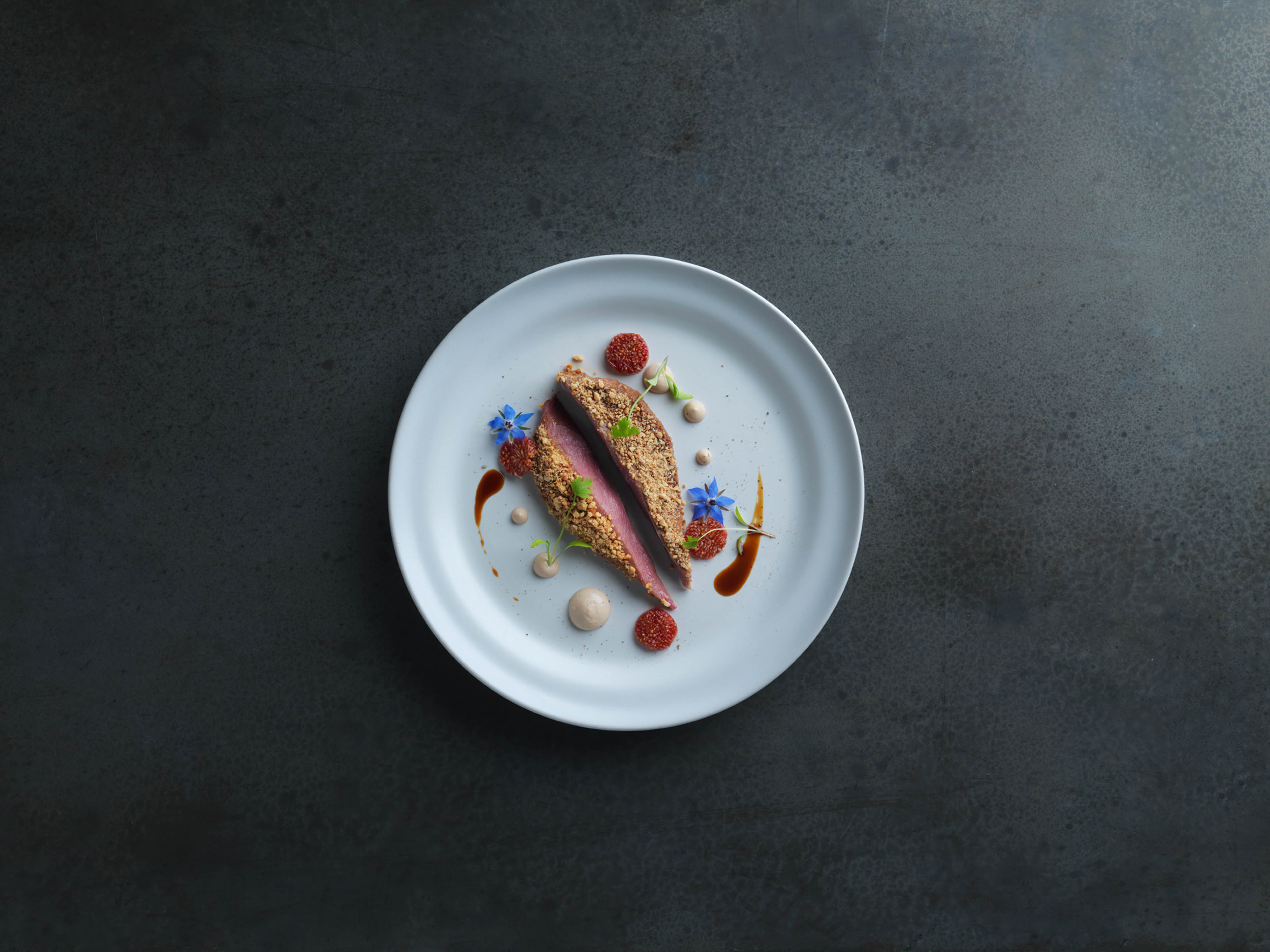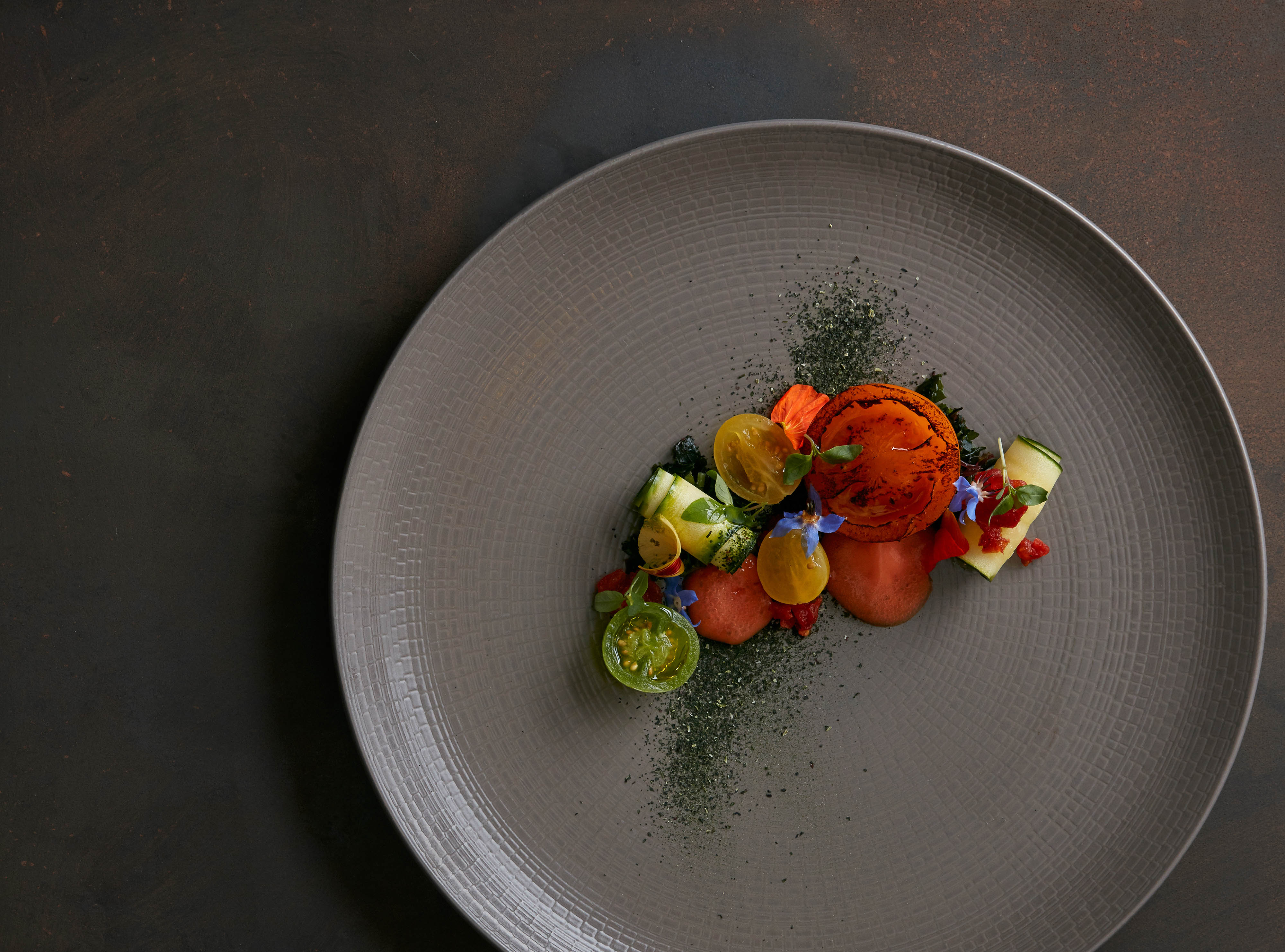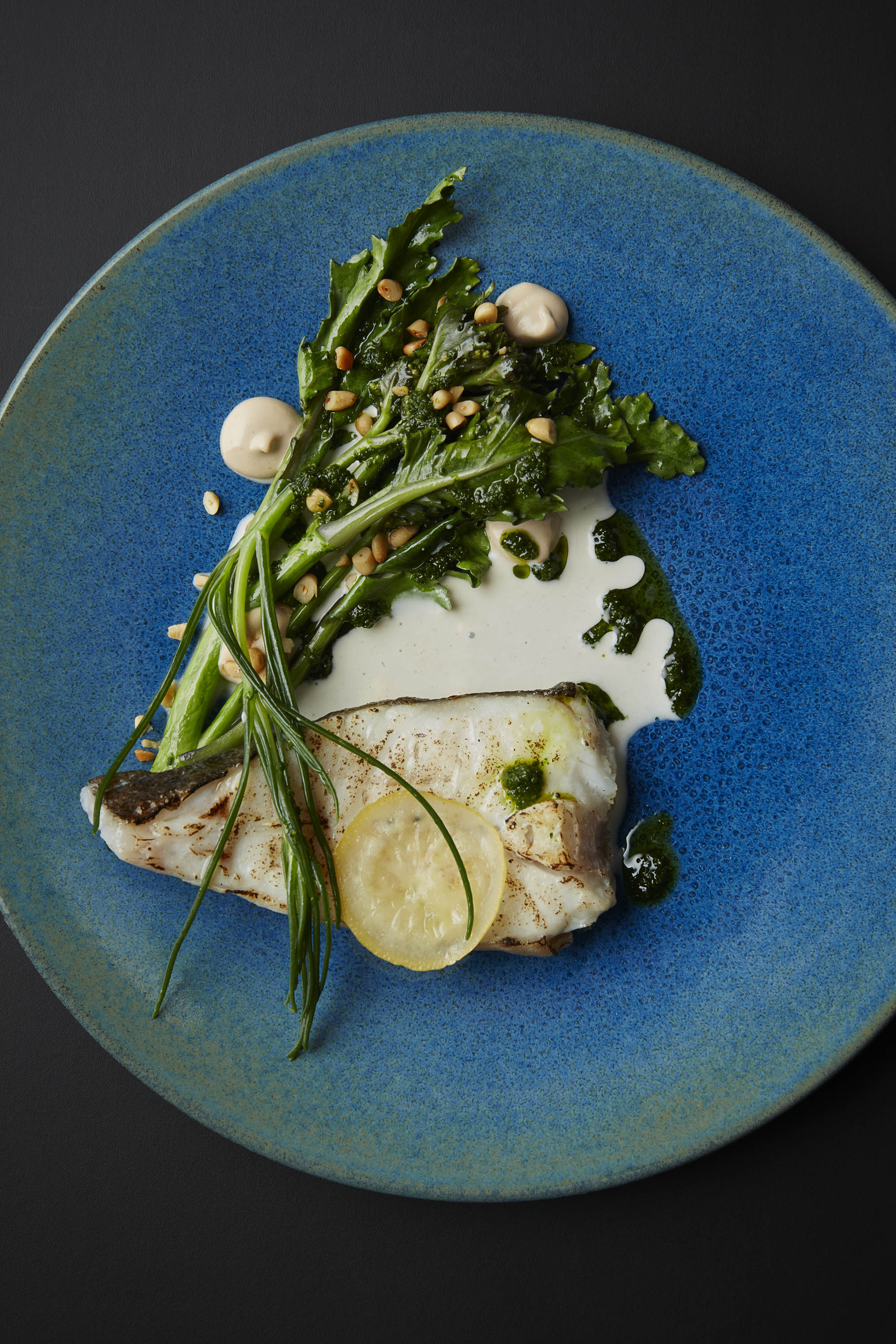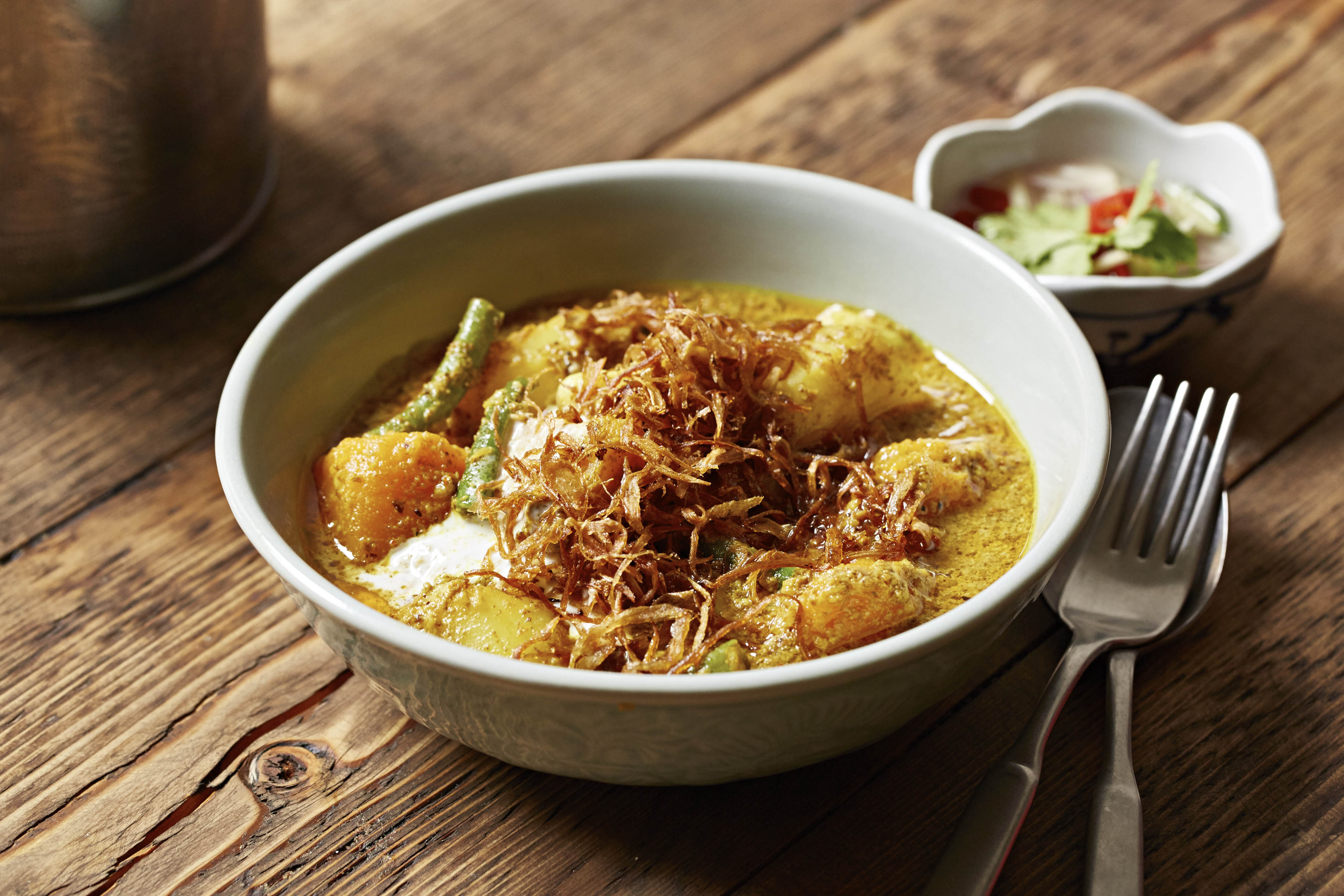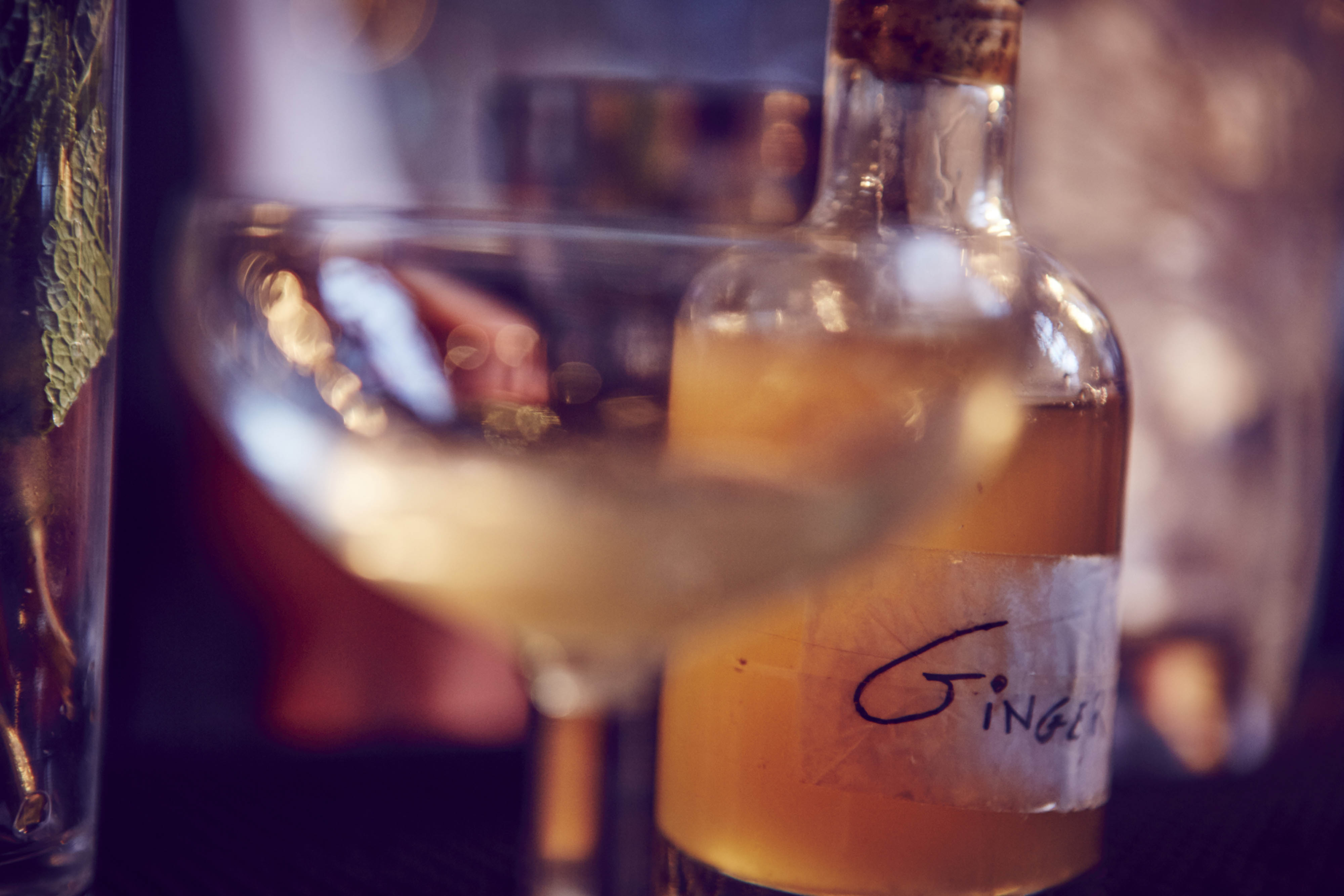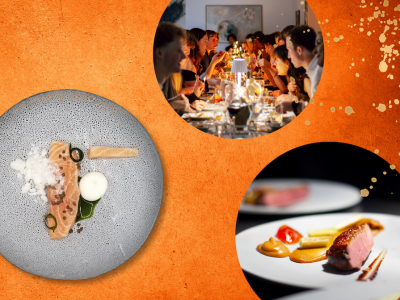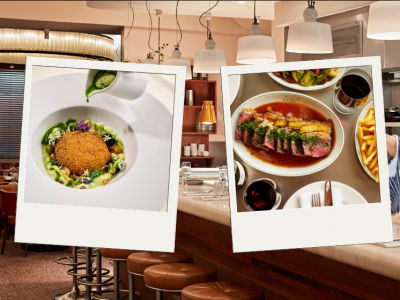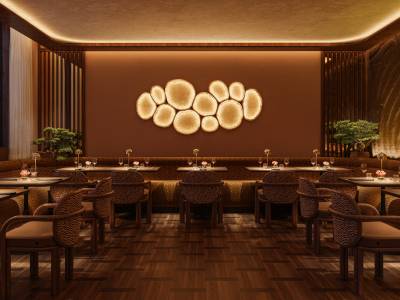Pickling goes way back to the Egyptians and Sumerians who discovered how to preserve vegetables using fermentation in 2000BC. Jump forward 1,500 years to Roman times and Julius Caesar included spiced and preserved cucumbers in his legionnaires’ rations. By this time, vegetables were preserved by first steeping them in brine or dry salt and then preserving them in acetic acid, a process that forms the basis of pickling as we know it today.
In the UK, pickles first appeared centre stage as long ago as medieval times, when they were served as a dish in their own right at the court of King John. Later, Elizabeth I was a well-known fan, as was Shakespeare, who mentioned pickling in his plays and gave rise to the common British idiom “in a pickle”— a line from The Tempest. By the 18th century, the English aristocracy took to pickles in a big way.
So it seems only right that pickling is enjoying a renaissance in London’s finest establishments, where every chef worth their Wüsthof knife has a stash of jars stuffed with idiosyncratic fermented edibles.

